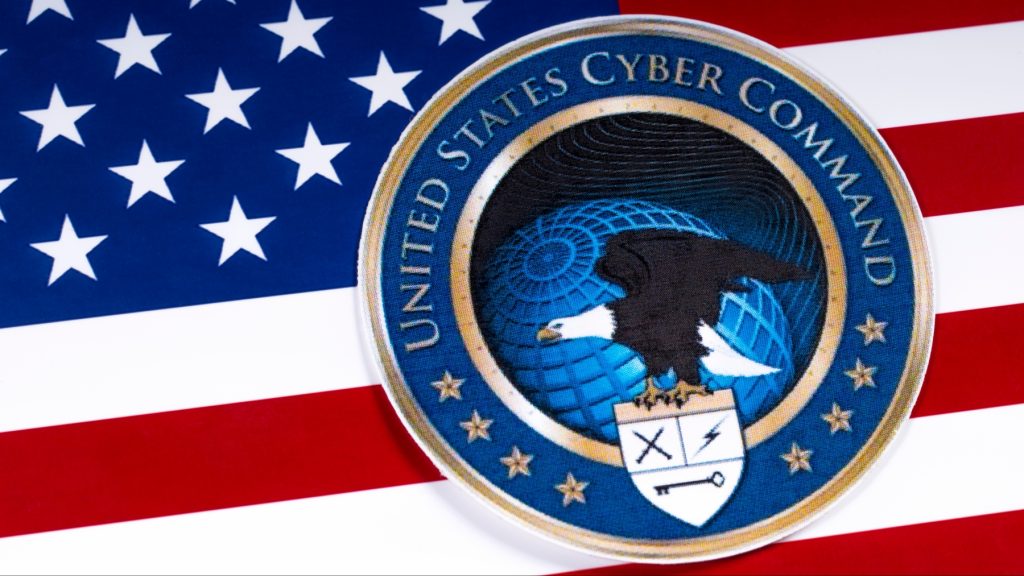
During the war on terror, world governments, especially the U.S. and its allies, utilized Big Data to bolster their intelligence and other counterterrorism efforts. By now, we’ve already established that these governments monitored various networks and collected metadata. Actually, the data for these programs, including Total Information Awareness, originated from several sources, including financial transactions, travel records, social media, and other personal information. Subsequently, data analysis fused and integrated this multisource data into comprehensive profiles of potential threats. The government then created tailored watch lists and no-fly lists featuring the subjects of these profiles.
Now, let’s consider Bush’s Total Information Awareness (TIA) program.
The Total Information Awareness program is a mass detection program aimed at developing advanced data analysis tools specifically to identify patterns of potential terrorist activities. It amassed vast amounts of data, encompassing personal information like phone records, financial transactions, and travel records. Employing data mining techniques, it would then analyze the database to identify patterns and anomalies. Once again, Bush faced backlash and pushback from privacy advocates and civil liberties groups. A normal reaction given the context.
As you can see, the Total Information Awareness program and other methods were truly ahead of their time, through the employment of machine learning. There’s no doubt about that. When the Americans’ “fight or flight” response is triggered, they certainly know how to fight.
Inside Telecom provides you with an extensive list of content covering all aspects of the tech industry. Keep an eye on our Tech sections to stay informed and up-to-date with our daily articles.